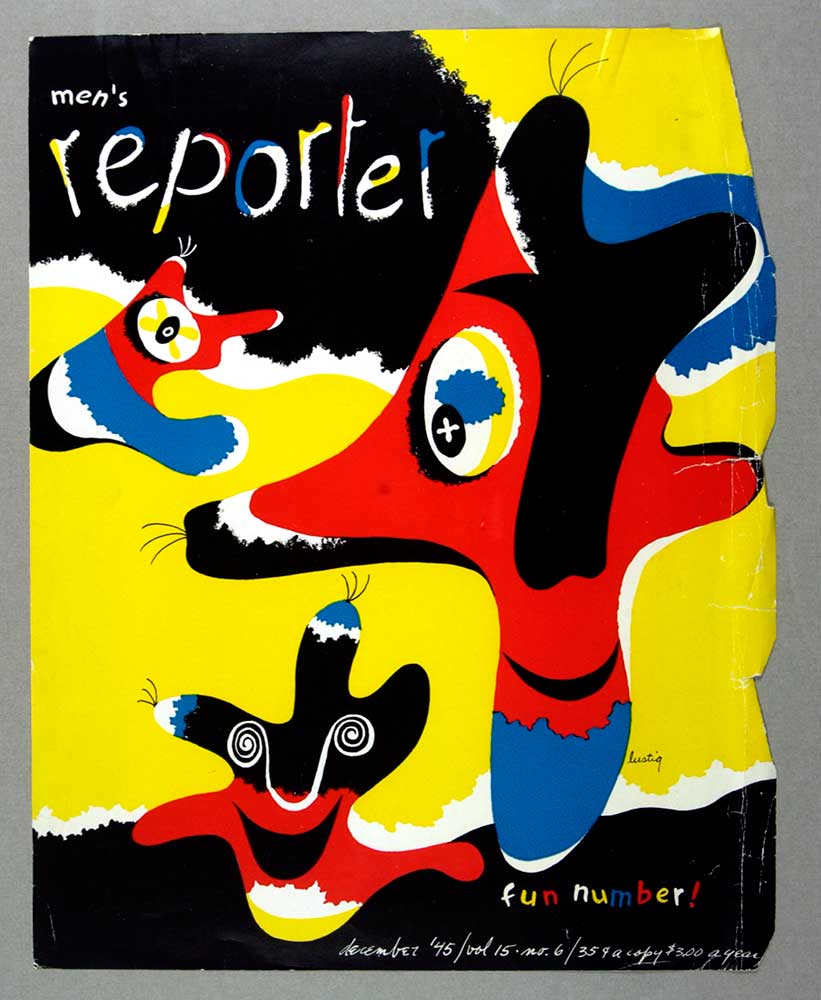
Bob Noorda (1927–2010) was a Dutch designer and graphic artist. He was born in Amsterdam. He was professionally active in Milan.

Education
He studied at the Institute of Design, Amsterdam, from 1950.
Biography
In 1961, he became a member of ADI (Associazione per il Disegno Industriale) and was a member of its guidance committee in 1963–64 and 1964–65. He was a member of the AGI (Alliance Graphique Internationale) and its secretary general from 1964–65 and 1969–70. From 1968, he was a member of the commission 1969–70 on Research and Visual Communication of the ICSID and, from 1970, a member of the Comitato Scientifico Didattico of the Instituto Superiore per il Design grafico in Urbino.
1962–65, he taught graphic design at the Società Umanitaria in Milan and, 1964–65, graphics and industrial design in Venice. In 1961, he was the art director at Pirelli. From 1962, he was an artistic consultant to Vallecchi and, from 1963 to 1964, an artistic consultant on packaging to Rinascente-Upim.

1965 he co-founded and was a senior vice president at Unimark International, a design and marketing firm. He designed the environmental graphics for subways in New York, Milan, and Sao Paulo, as well as the IBM office in Milan.
In 1962, the Milan subway commission was executed in collaboration with Franco Albini, Franca Helg, and Antonio Piva. Clients included Brionvega, Birra Dreher, Chiari & Forti, Olivetti, Zanussi, and Rhodiatoce in Italy, Stella Artois in France, and Boots cosmetics, Gilbey Vintners, Spear and Jackson, and Truman Beers in Britain.
Recognition
In 1975, Bob Noorda and Roberto Sambonet and Pino Tovaglia received Compasso d’Oro for their logo and coordinated image for the Lombardy region.
He received another Compasso d’Oro in 1984 for the coordinated graphic image for Fusital, a company that manufactures door handles.
Sources
Byars, M., & Riley, T. (2004). The design encyclopedia. Laurence King Publishing. https://amzn.to/3ElmSlL
More on Graphic Design
More design articles
Discover more from Encyclopedia of Design
Subscribe to get the latest posts sent to your email.





